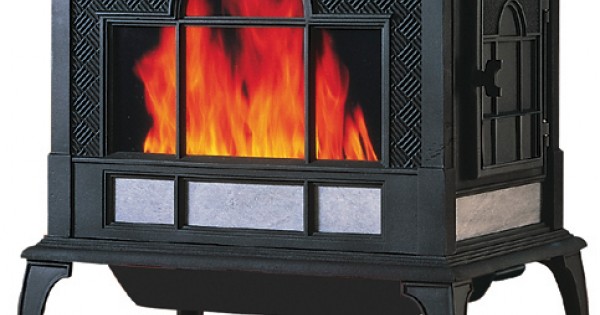Hello Hearth Guild!
I recently saw, in a Morso7110 owners manual, that I should not burn the stove overnight. Since that is a main way many (if not all??) wood stove users keep their stoves home warm overnight, I'm curious why this was written in the manual? Just for safety, and to make sure THEY as a stove company recommend you don't run your stove when your not around it?
Can someone explain this to me? Has anyone seen this in other manuals or from other companies?
Thanks and Take Care!
I recently saw, in a Morso7110 owners manual, that I should not burn the stove overnight. Since that is a main way many (if not all??) wood stove users keep their stoves home warm overnight, I'm curious why this was written in the manual? Just for safety, and to make sure THEY as a stove company recommend you don't run your stove when your not around it?
Can someone explain this to me? Has anyone seen this in other manuals or from other companies?
Thanks and Take Care!


 I used to tune up biomass power plant boilers for a living so I hope I know what I am talking about but expect a few other folks have decidedly different opinions.
I used to tune up biomass power plant boilers for a living so I hope I know what I am talking about but expect a few other folks have decidedly different opinions.
